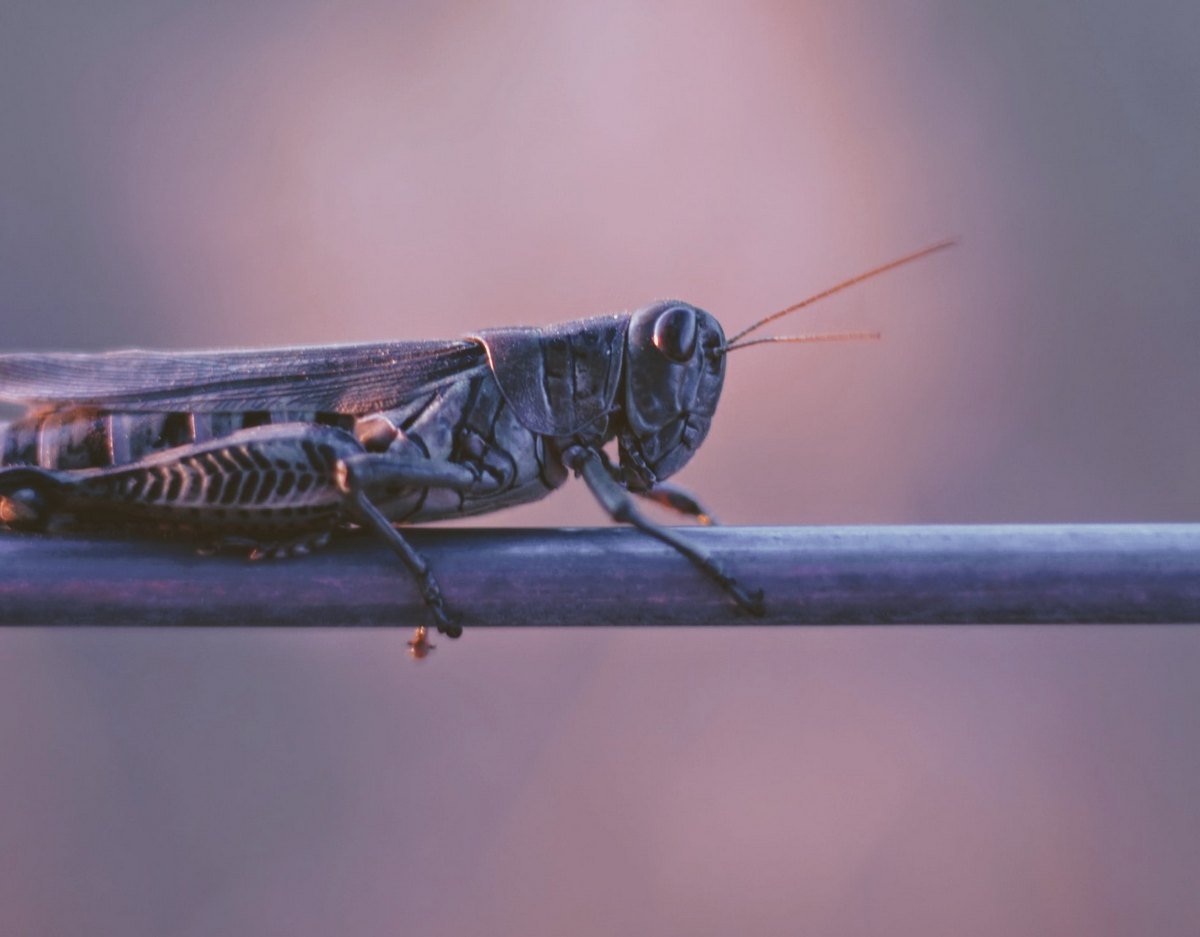Iranian authorities have launched a large-scale operation to combat a flock of migrating desert locusts that have attacked agricultural land in the southern and western provinces of the country.
For the second year in a row, mass flocks of locusts coming from the Arabian Peninsula are threatening the widespread destruction of agricultural products in various parts of Iran.
Said Morin, head of the Iranian Plant Protection Organization (PPO), confirmed on Sunday that the locust attack, which arrived last week, covered nearly 2,000 hectares of land.
He said locusts had attacked farmland in at least 13 cities in the southwestern provinces of Khuzestan and Bushehr, as well as in the western province of Ilam, which borders Iraq.
Last year, desert locusts affected more than 54,600 hectares of land in the provinces of Hormozgan, Sistan and Baluchistan, Khuzestan, Fars, Bushehr and Kerman, which was called the strongest locust infestation in half a century.
Maureen said the locust came from the western and northwestern parts of Saudi Arabia this year, unlike in previous years when it came from the eastern and central parts of the country.
Desert locusts are recognized as the most destructive migratory pest in the world
He noted that this change of direction is likely to affect the southern Iranian provinces more in the coming weeks, adding that the Iranian authorities are ready to fight locusts and have already requested additional funds from the government.
According to officials, the operation, which is expected to last until September, has suffered from strong winds in recent days in the southern parts of the country.
Desert locusts are yellow insects that grow up to 10 cm, which are considered “the most destructive migratory pests in the world.”
According to the Food and Agriculture Organization of the United Nations, locusts pose a “serious threat to agricultural production in Africa, the Middle East and Southwest Asia.”
According to experts, the swarm of locusts, covering one square kilometer, has about 80 million locusts, which eat as much food per day as more than 35,000 people.
These flocks of locusts are mainly from Saudi Arabia, Oman, the United Arab Emirates and Yemen and have spread to parts of East Africa and West Asia, including Iran. From Iran, they gradually moved to South Asia, including India and Pakistan.
Last year, India asked Iran and Pakistan for a “coordinated regional response” to desert locust attacks.
Last week, New Delhi sent a second batch of 250,000 liters of pesticides to Iran via the port of Chabahar as part of a regional response to the problem. The first batch was sent last year.
Iran and Pakistan are also reportedly in talks to co-ordinate efforts to tackle the problem, which costs the region billions of dollars a year.

